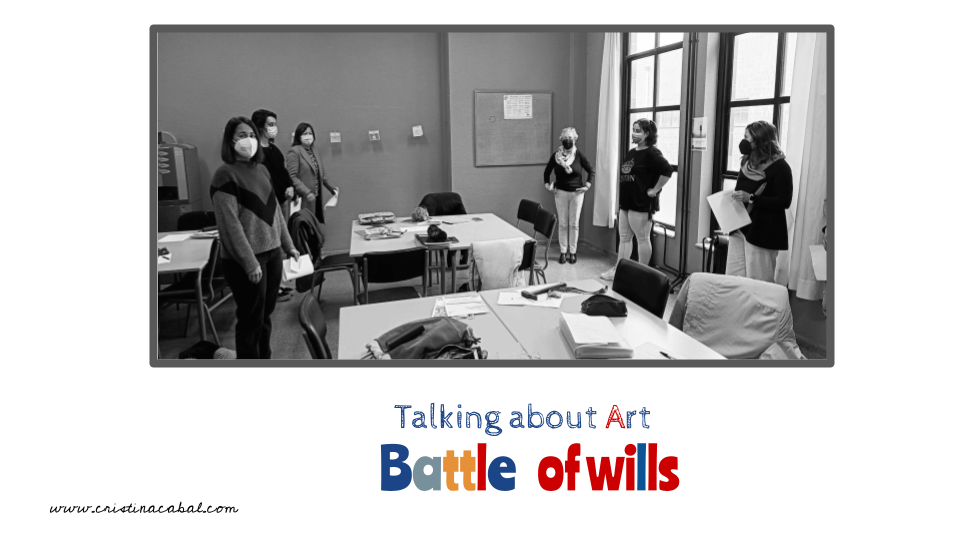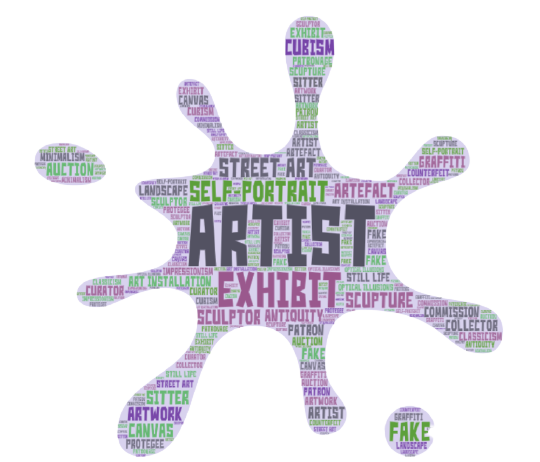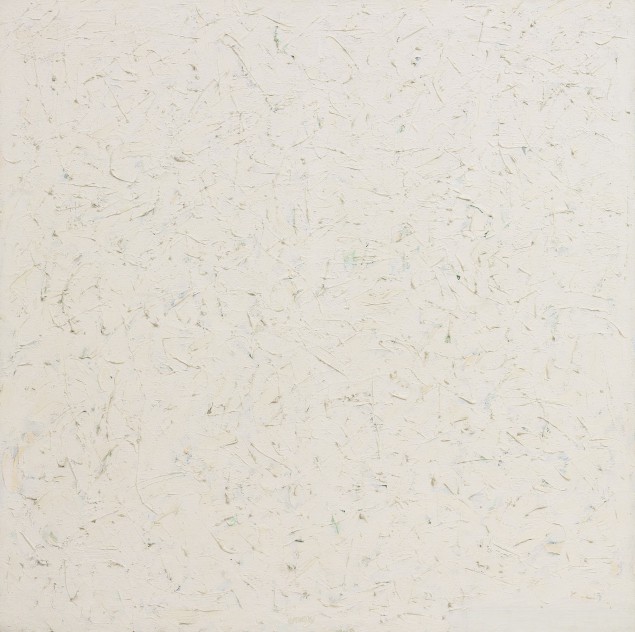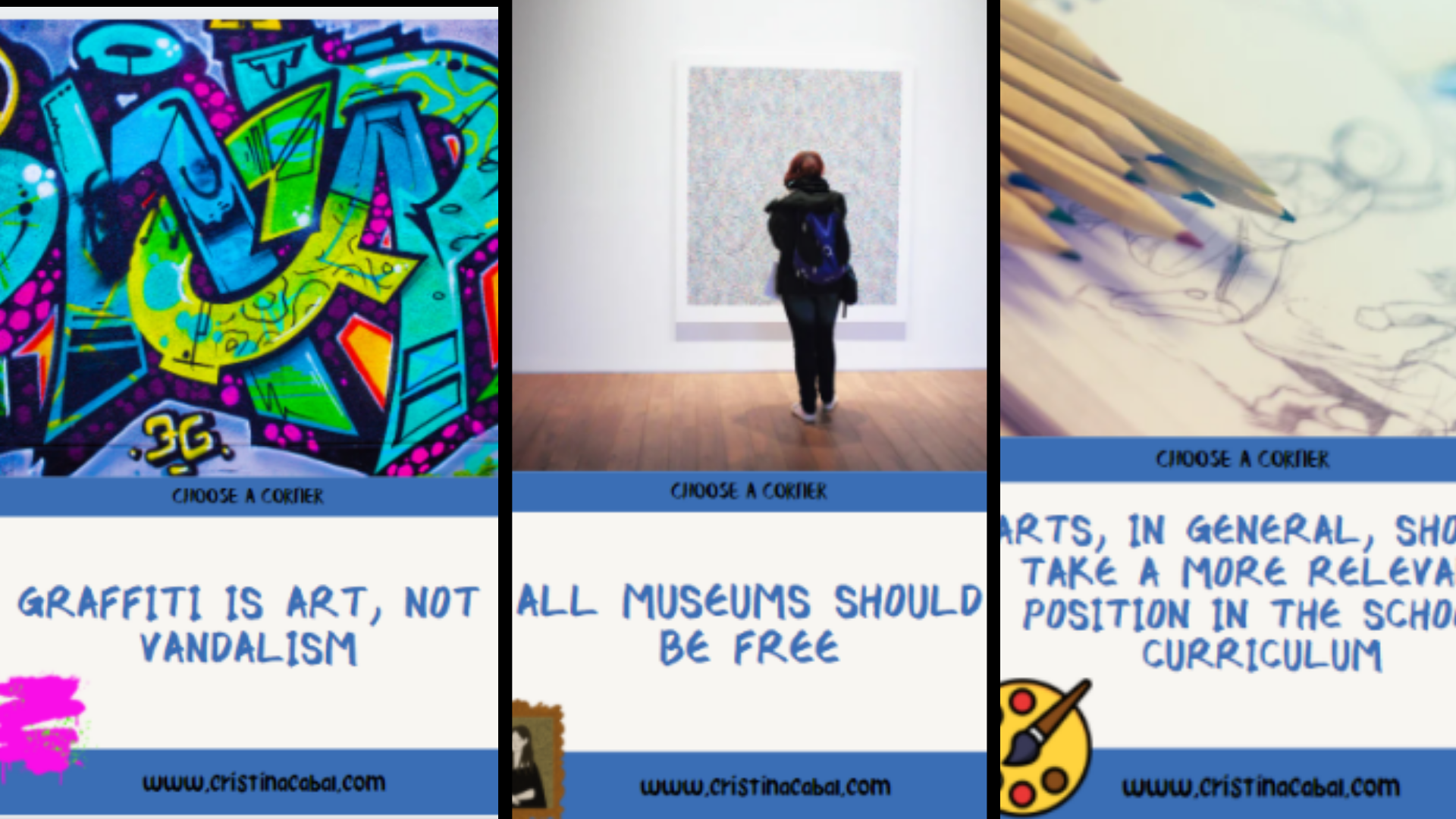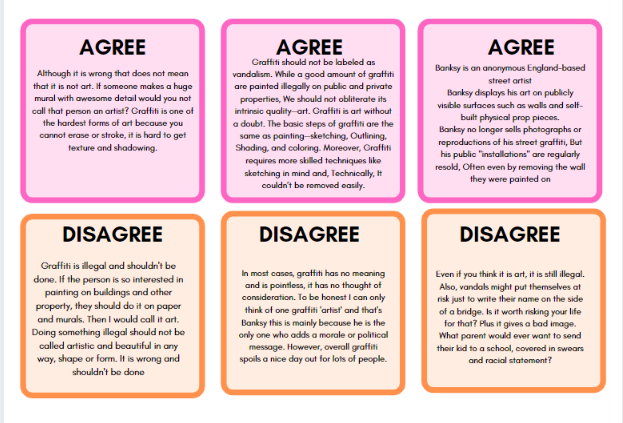Learning about Mixed Conditional Sentences is the perfect way to finish this weird year, don’t you think so?
I am sure you have been speaking English way too long without adorning your speech with Mixed Conditional Sentences. Well, I am here to remedy this.
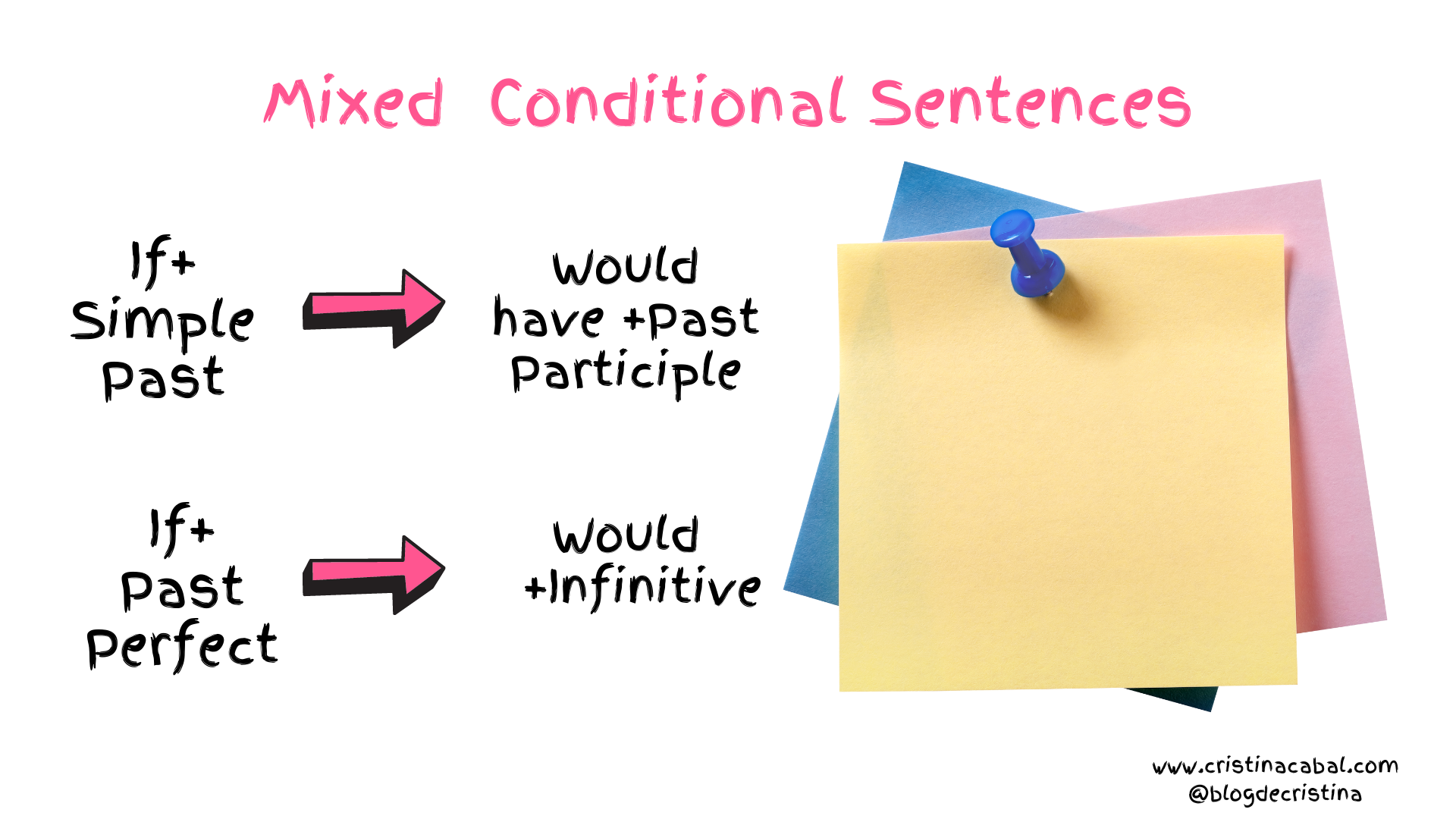
First, you need to open your mind to the fact that when you first start learning about Conditional Sentences, we only teach you the basic types like, for example, when you learn Conditional Type I and we teach you If+present simple⇒Future “Will” . Of course, this is correct but as you get more proficient, you soon realize that there are so many variations to the basic type that you begin to wonder if any combination is possible. I am tempted to say “yes”.
Anyway, I am here to teach you about Mixed Conditional Sentences. Are you ready?
So, we are going to study two cases:
-
If + Past Perfect ⇒ Would
If I hadn’t studied, I wouldn’t be in the advanced course.
As you can see, we have a combination of Conditional Type III (if+Past Perfect) and Conditional Type II (would+infinitive)
When do we use it? When we refer to a past event that could have had a direct result on a present situation if it had been different.
I know … difficult to grasp. Some help in Spanish?
(Nos referimos a un hecho pasado que de haber sido de otro modo habría cambiado el presente.)
Now, let’s have a look at some pictures with some hints in bubbles. Try to finish the sentences using this Mixed Conditional Structure.
Now, write your own sentences.
2. If + Simple Past --- Would have+ Past Participle
If I were tall, I would have enrolled in the army
As you can see, we have a combination of Conditional Type II (if+Past Simple) and Conditional Type III (would have+ past participle)
When do we use it? When we refer to a present event that could have changed a past situation.
In Spanish? Un hecho presente que podría haber cambiado un hecho pasado, es decir, el pasado habría sido diferente ,si el presente fuera diferente. I know, you have to read it several times.
Now, let’s have a look at some pictures with some hints in bubbles. Try to finish the sentences using this Mixed Conditional Structure.
Now, write your own sentences.
Writing: Ready for a Guessing Game?
Aim: guessing the exact sentence on the back of the tile
Time: 1 minute/sentence
Put students into pairs and choose one of the flip tiles. Instruct students to complete the conditional sentence on the tile. They will need to write it down. Tell them the picture is a hint. Listen to their sentences and flip the tile. Award 1 point for each exact sentence. Similar but not quite? Half a point 🙂
PDF with more exercises here. Use a QR Code Reader to scan de key
